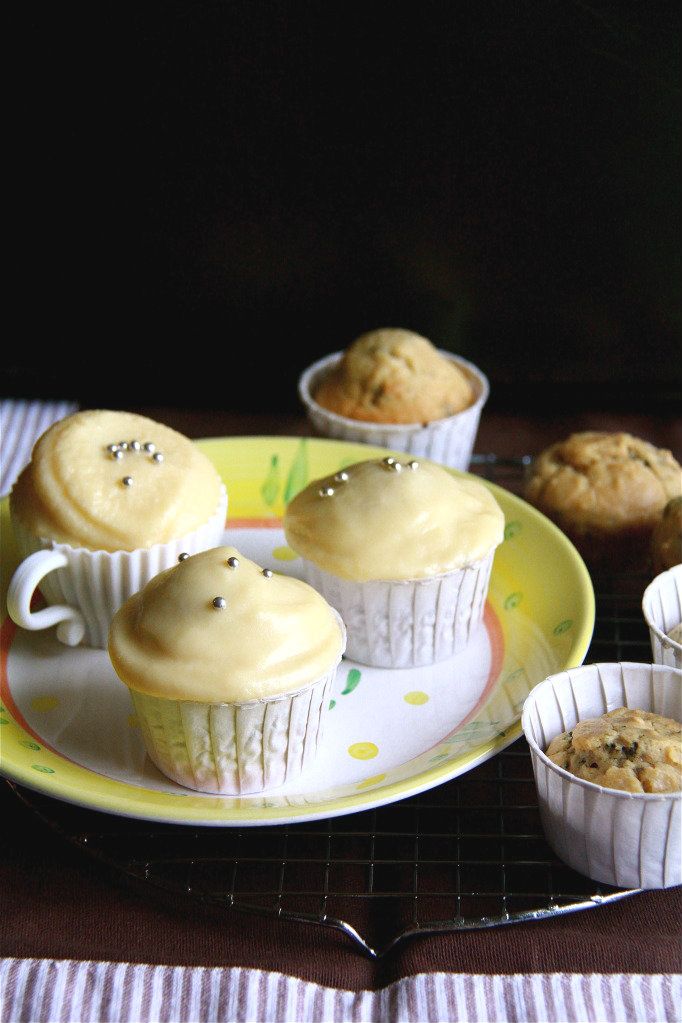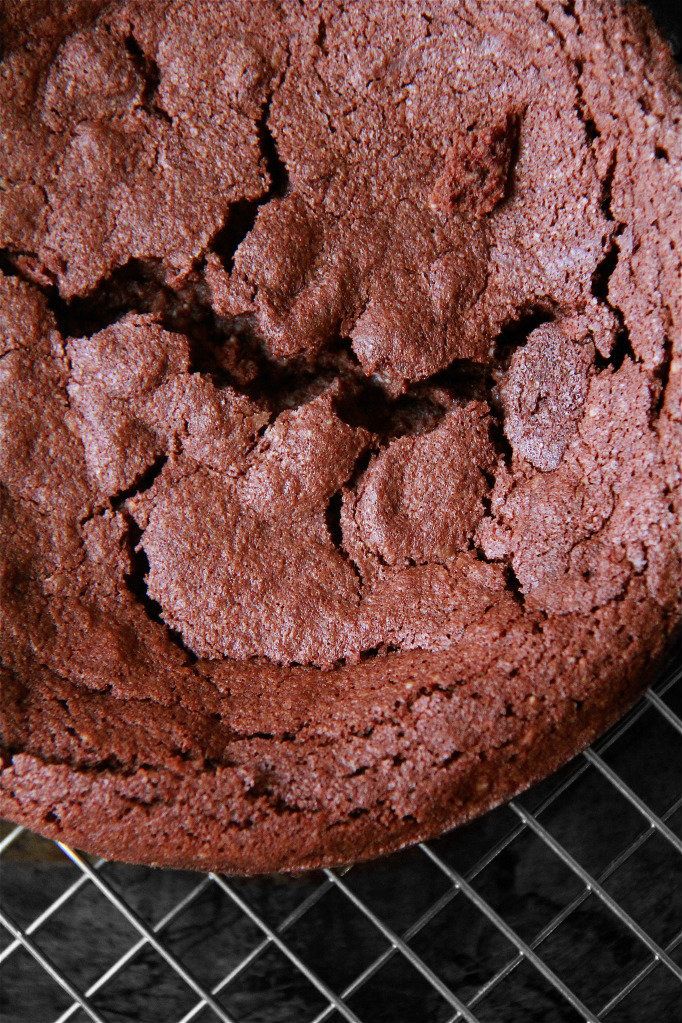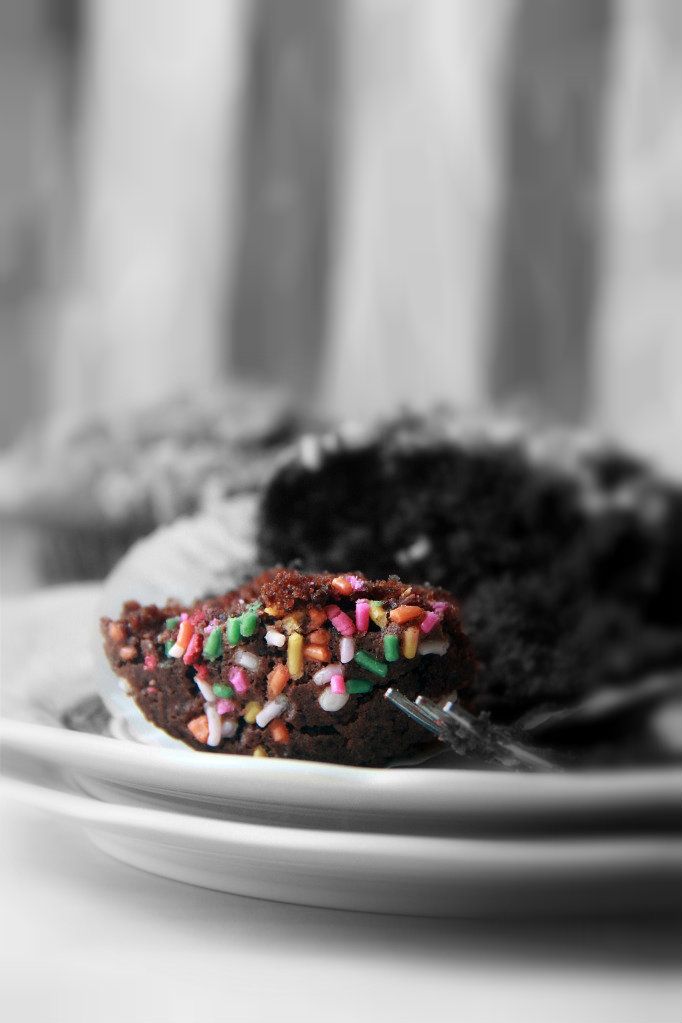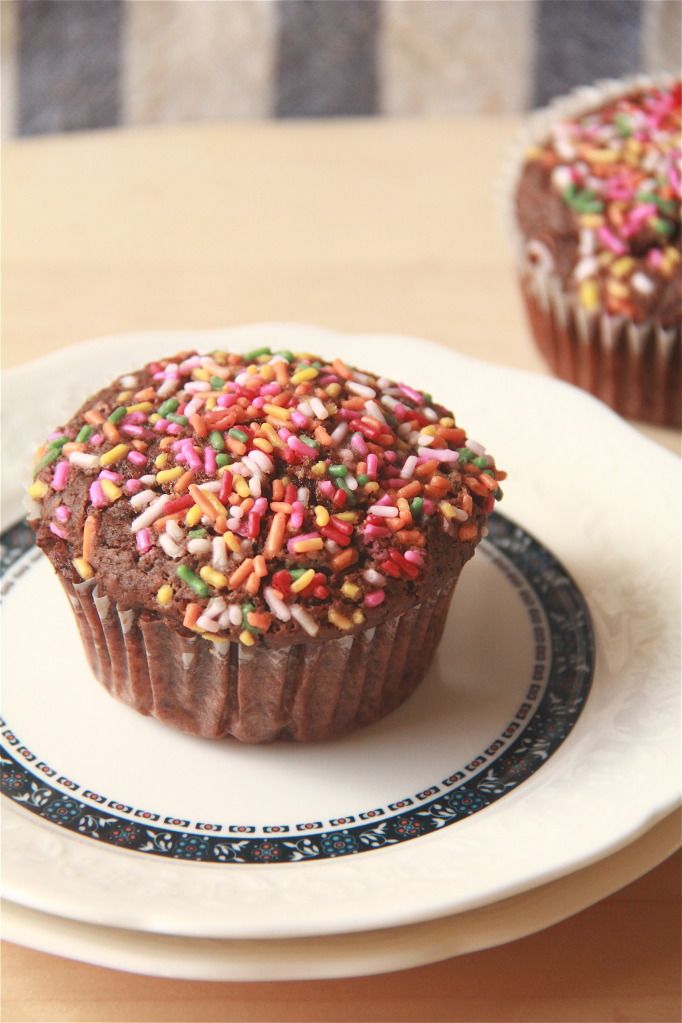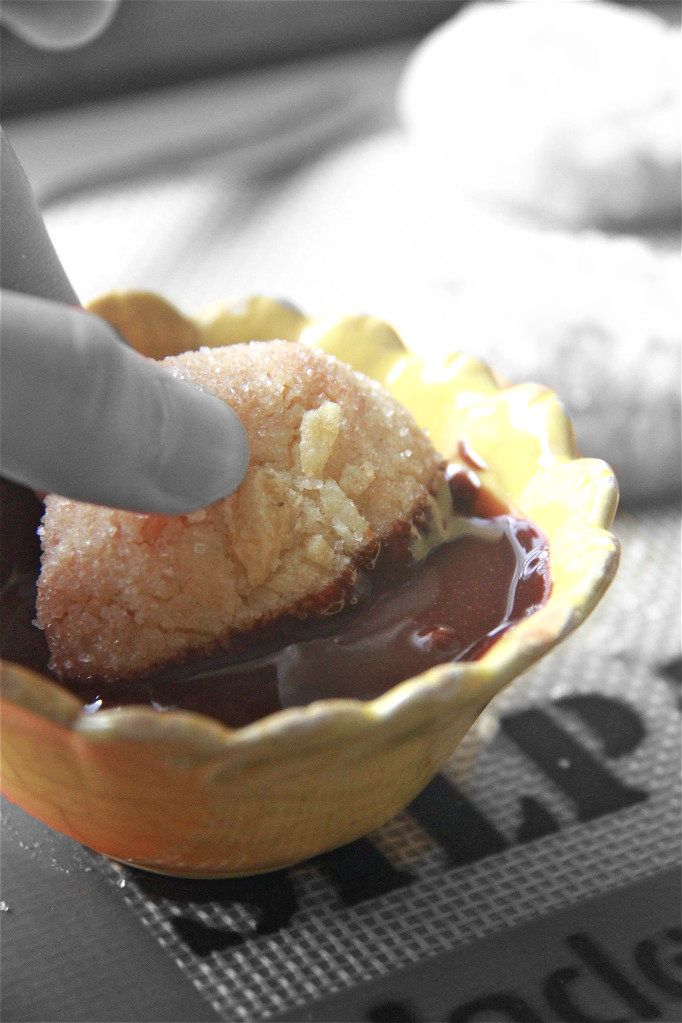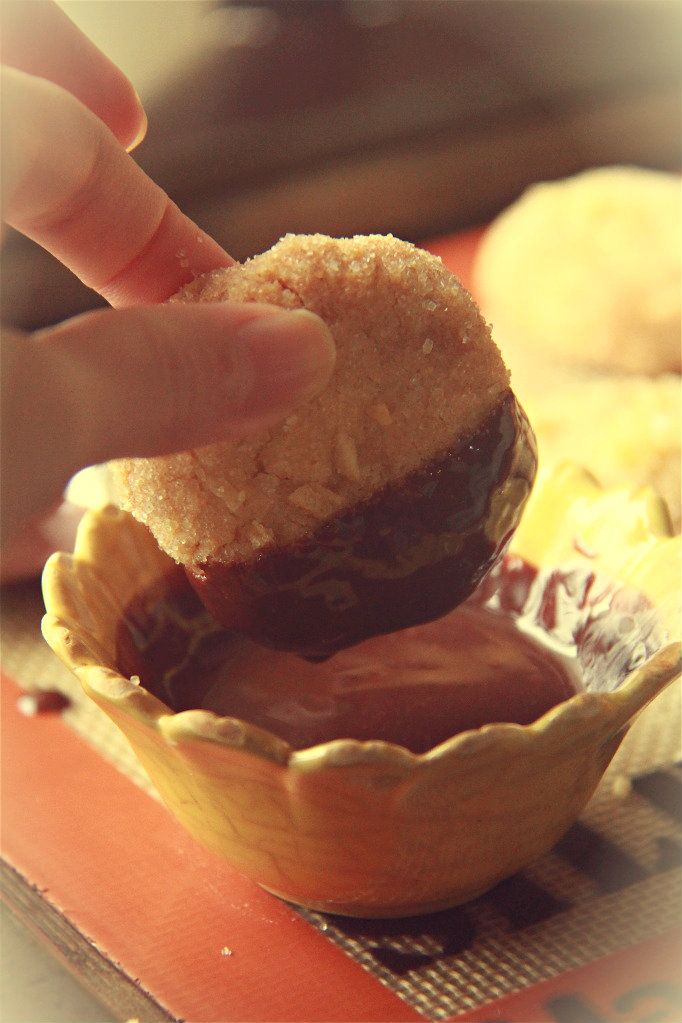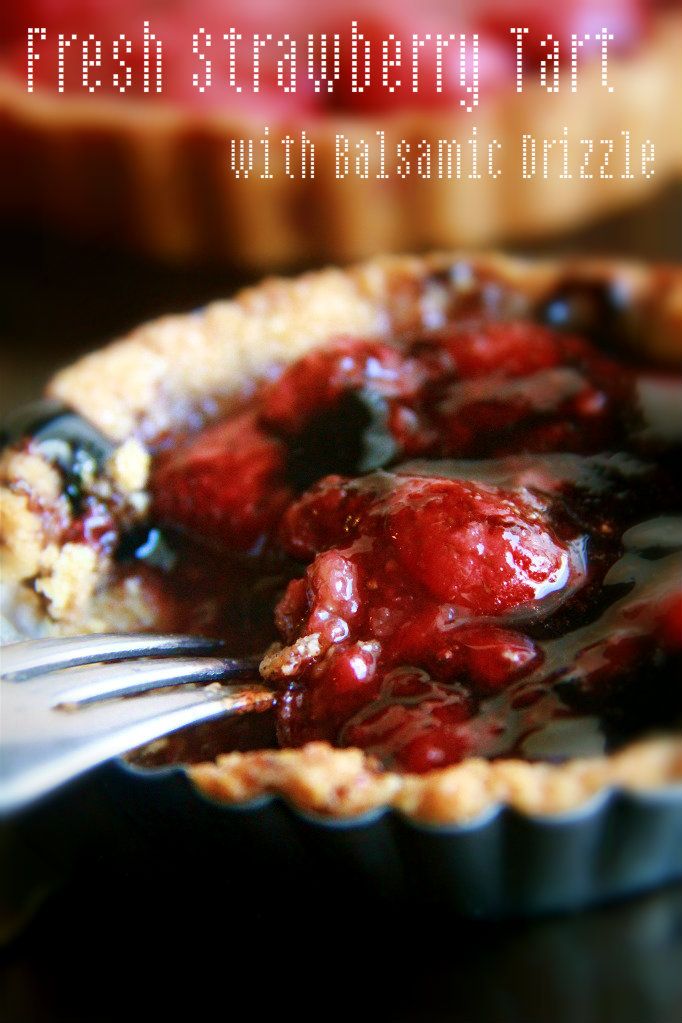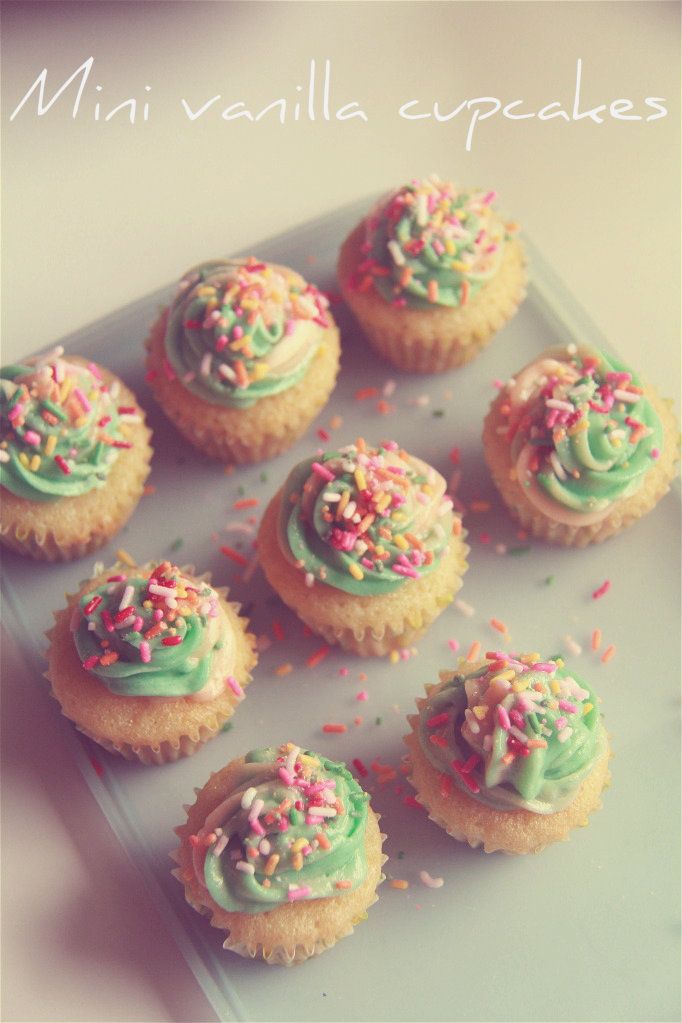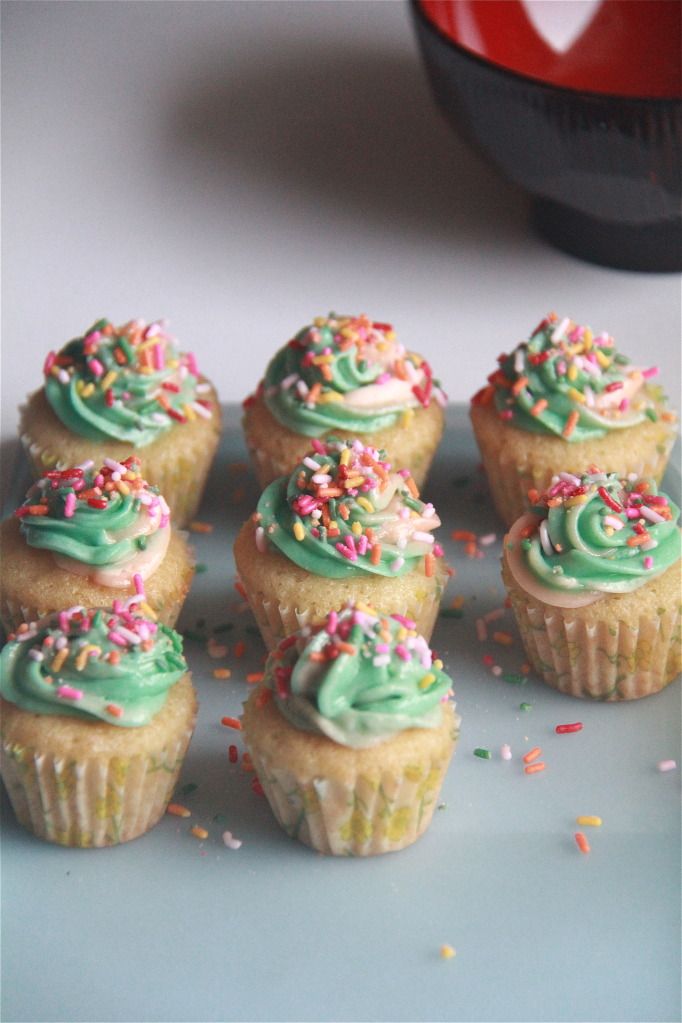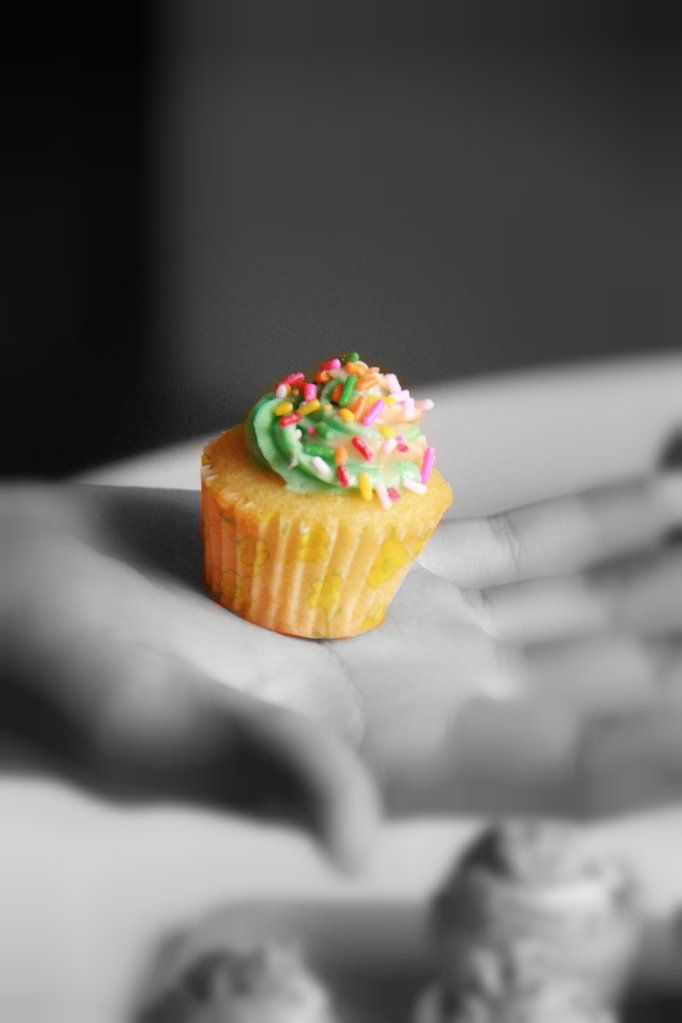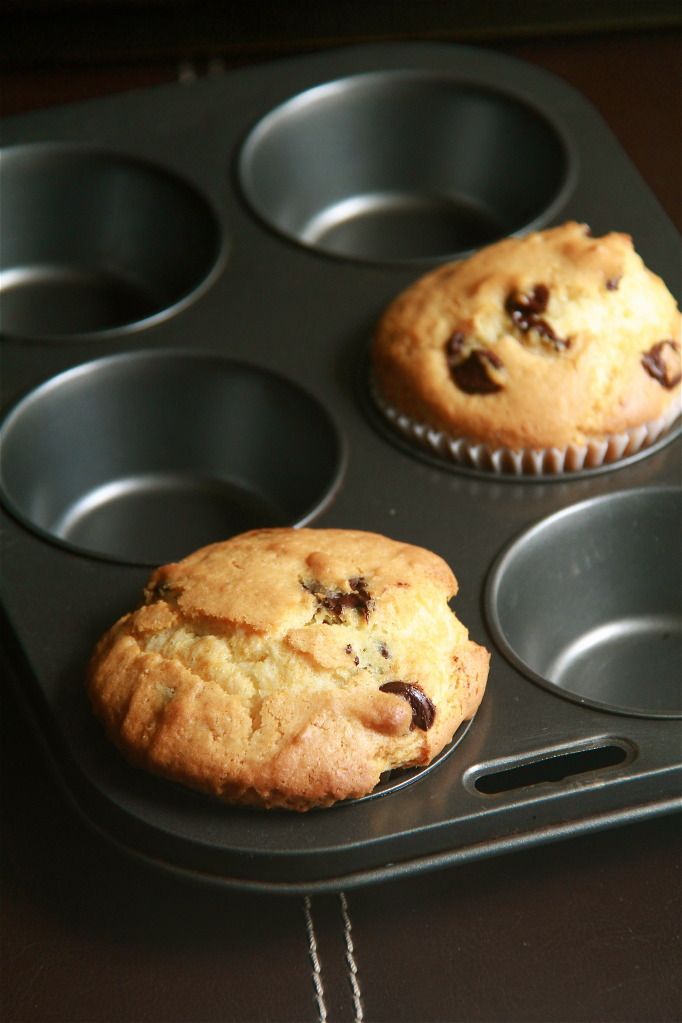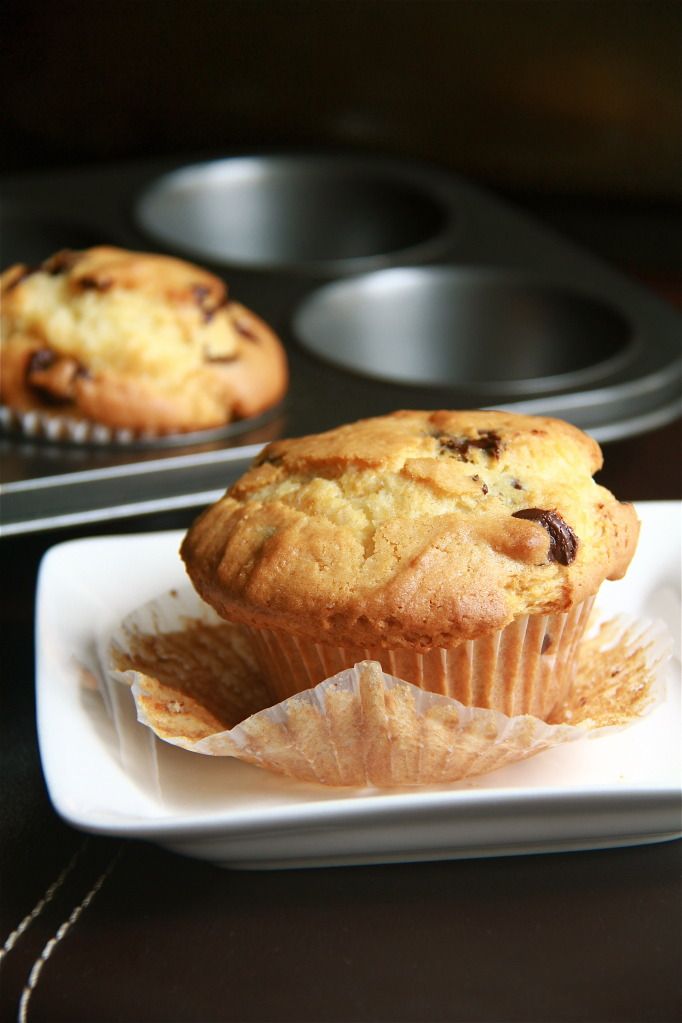I'm cursed. I swear I am.
It took me three tries to get this cupcake right. Plus the day before's one-egg-less mishap with my queen of sheba cake, it's a quadruple whammy. I hope I've used up my year's quota of baking failures, because it sure feels like it.
The first try, I did everything right except that I forgot to add in the tea leaves. I mean, it wouldn't be tea cupcakes without tea right? I only realized that something was up after the cupcakes have cooled, and I was debating whether to switch on the oven again to start a new batch. I decided to do that in the end because I could use some leftover ganache I've been meaning to use up to frost the tea-less cupcakes.
 |
| Batch #1 |
Still puzzled, I portioned out the batter and sent it into the oven. 15 minutes later, the cupcakes were done but they were strangely pale and had bubbles dancing on their surfaces. It was only then I realized that I forgot the sugar! Palm meets forehead. Say what?!
The cupcakes still turned out quite soft and tender but obviously, they were on the short side. Hmm... Sugar appears to have a property that affects baked goods that I've not known about yet. I actually tried these sugar-free cupcakes, and evidently still am alive, and I must say that they weren't too bad. They tasted savory because they had no sugar but a bit of salt, and if I'd added cheese or sun-dried tomatoes they could have fooled anyone. But they went into the trash anyway.
 |
| Batch #2 |
The condensed milk icing was a bit of flop. I imagined that it would be stiff enough to pipe but it quite apparently isn't. I was going for Sweetapolita's cupcake look and failed miserably. I guess that's why it's called icing and not frosting. But I love this frosting to bits! If there is proof that condensed milk and butter go hand in hand, this is the one. I shamelessly licked up all the leftover dribbles of icing in my teacup mold after the cupcake was devoured with much enthusiasm, and I would make another batch of icing just to do it all over again.
Make. This. Icing. You won't regret it.
Tea Cupcakes with Condensed Milk Icing
makes 4
cake adapted from Scientifically Sweet
Measurements here are strange as they are a third of the original recipe from Scientifically Sweet. In the original recipe, the total yield was supposed to be 15 but I found that that would be stretching the batter a bit thinly so 12 would be a safer bet, and when divided by three, 4. I also reduced the sugar by a quarter.
Tea Cupcakes
1/3 cup all-purpose flour
1/6 cup cake flour
1/6 tsp baking powder
1/6 tsp baking soda
1/12 tsp salt
2 tsp tea leaves, ground
1/4 cup sugar
1/6 stick or 19g unsalted butter, softened
1 egg yolk
1 tbsp + 1 tsp sour cream
2 tsp oil
1/2 tsp vanilla extract
2 tbsp + 2 tsp milk
Preheat oven to 350F. Line 4 muffin holes with paper liners.
Mix the egg yolk, sour cream, oil and vanilla extract together until uniform. Set aside.
Sift the flours, baking powder and baking soda and salt together into the bowl of your mixer. Add the ground tea leaves and sugar and mix until incorporated. Beat in the butter until the mixture becomes sandy. Add the egg mixture and beat on low speed until a batter forms. Gradually add the milk and beat to incorporate. Be sure to scrape down the sides and not to overmix. The batter will be smooth and satiny.
Portion out the batter into the liners and bake for about 15 minutes or until a skewer inserted into the center of the cupcake comes out mostly clean. Cool the cupcakes completely before icing.
Condensed Milk Icing
45g unsalted butter, softened
2 tbsp condensed milk
3 tbsp icing sugar
pinch of salt
Beat the butter until it's smooth and creamy. Add the condensed milk and beat until combined. Beat in the icing sugar and salt until incorporated. Use immediately or chill it for a thicker consistency before using.
